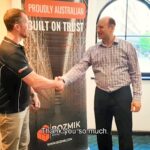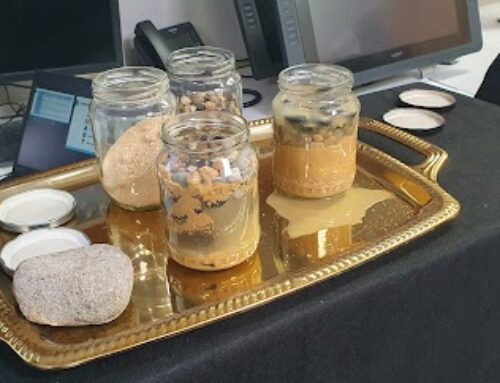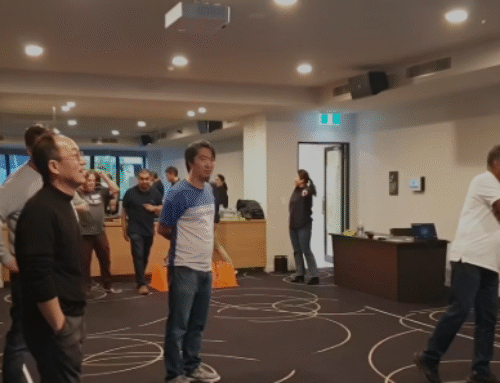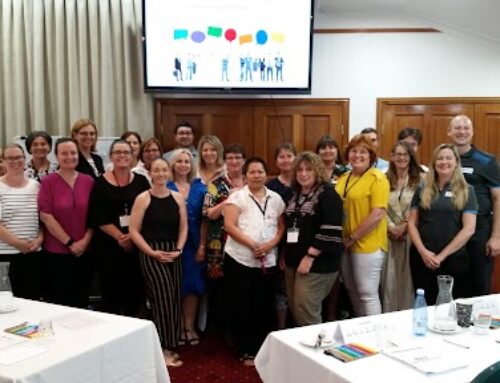 On Friday I had the privilege of working with the Bozmik team, and I wanted to share a quick window into what that looks like from my side of the room.
On Friday I had the privilege of working with the Bozmik team, and I wanted to share a quick window into what that looks like from my side of the room.
From my first chat with Directors Michael and Julie Baird, I could feel the momentum. The night before, their Supervisors, Leaders and team members had been comparing their Life Languages™ Profile results—phones out, good laughs, and plenty of curiosity. When a team arrives already engaged, everything we do together lands faster and goes deeper.
Setting the room (and my mindset)
I like to make learning tangible. Before the team arrives, I set out coloured markers, Life Languages™ profiles, workbooks, and an executive one-pager mapping the full team’s communication styles at a glance. Slides are ready. Chairs set. It’s the small prep steps that signal, “You’re welcome here. This matters.”
Then there’s a quiet pause I always take—thirty seconds of gratitude and visualisation. I picture connecting with each person, being present, asking good questions, and keeping it humble, real and authentic. That moment resets me from “presenter mode” to “partner mode.”
What we did together
I’m not interested in theory for theory’s sake. We focused on practical tools the team could use straight away to enhance communication and strengthen a healthy, cohesive culture.
- Decoding styles with Life Languages™
We unpacked how each person prefers to give and receive information, make decisions, and respond under pressure—so colleagues can flex to one another rather than talk past each other. - Turning insight into everyday practice
Clear do’s and don’ts for each style: how to brief, how to follow up, when to go big-picture and when to go detailed, and how to raise concerns without triggering defensiveness. - Building trust through clarity
We aligned simple norms for meetings, handovers and feedback—lightweight frameworks that reduce friction and create momentum. - Make it real, make it safe
Short, energetic activities gave people the chance to practise listening, paraphrasing, and “style-shifting” in the moment—so the learning sticks beyond the room.
Credit where it’s due
Michael and Julie set a tone of openness and people-centred leadership. Because the team came in buzzing, we could move quickly into application—what this means on site, in the office, across projects, and in those day-to-day moments where small misreads become big frustrations. When leaders model enthusiasm and vulnerability, learning becomes a team sport.
Early shifts I noticed
- A shared language, less friction. Team members began naming their preferences and asking for what they needed—without judgement.
- Faster alignment. Knowing who needs detail, who needs vision, and who needs time trimmed the back-and-forth.
- Stronger rapport. The mix of insight and practice created fresh empathy—especially between roles that see the world differently.
- Actionable commitments. People left with clear next steps for meetings, handovers and feedback loops.
Why this matters to me
I’m blessed to do what I do. For me, training isn’t about delivering slides; it’s about helping people feel seen and understood so they can do their best work together. Tools like Life Languages™ give teams a common map, but it’s the practice—the micro-skills, the shared norms, the willingness to flex—that turns insight into impact.
To the Bozmik team: thank you for your energy and openness. You made the room come alive. I’ve also shared a short video from a post-session chat with Michael—hope you enjoy it.
If your organisation is ready to elevate communication and strengthen culture, I’d be glad to tailor a session for your team—whether a focused Life Languages™ workshop or our broader Healthy and Cohesive Team training topic. Let’s talk about what will serve your people best at Breakthrough Corporate Training. Learn about our courses and Training options here: https://www.breakthroughcorporatetraining.com.au/







